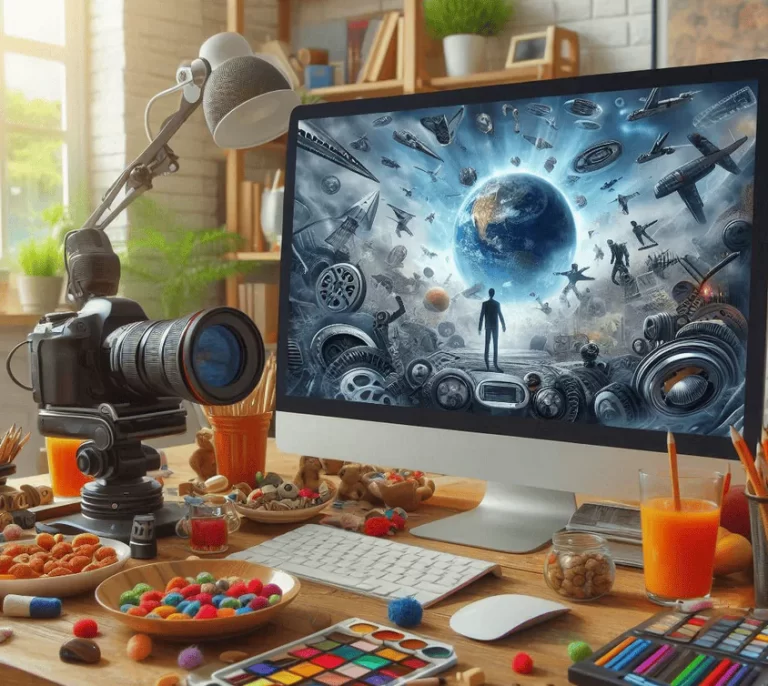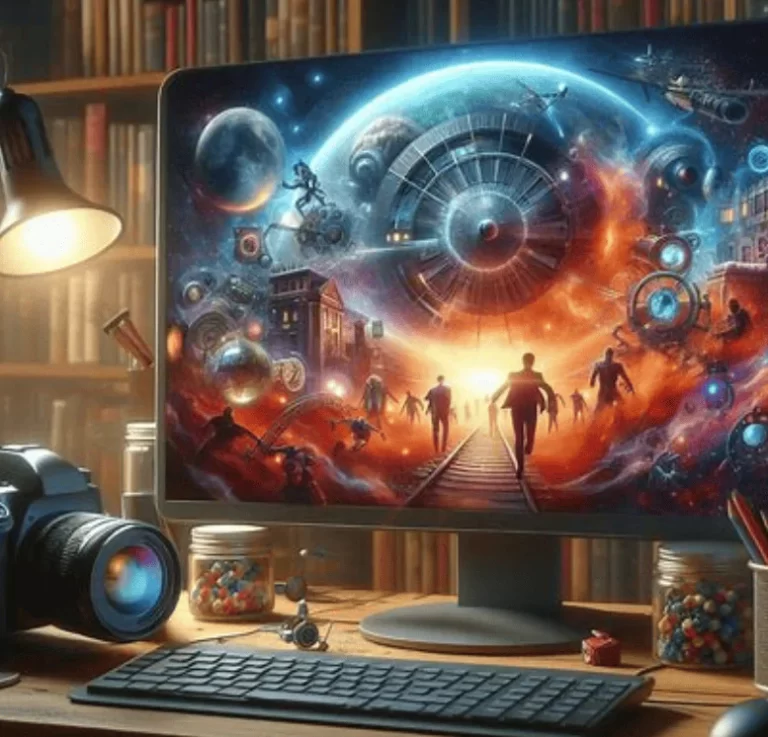
Photo Editing In a world saturated with visuals, the power of an image often lies not just in what is captured, but in how it is crafted. Photo editing, the digital equivalent of storytelling through pixels, plays a pivotal role in shaping perception, influencing decisions, and evoking emotions. The psychology behind this process reveals a fascinating interplay between art and science, where every adjustment carries the potential to persuade, inspire, or manipulate.
This article explores how photo editing connects with human psychology, delves into the principles of visual persuasion, and examines the ethical responsibilities inherent in crafting compelling imagery.
The Role of Psychology in Photo Editing
Images are more than aesthetic elements; they are powerful conveyors of emotion and meaning. When edited thoughtfully, a photo becomes a tool that can subtly influence how viewers think, feel, and act. To understand this, one must first explore how humans perceive and respond to visuals.
1. The Human Brain and Visual Processing
The human brain is wired to process images faster than text—studies show that we interpret visual content in just 13 milliseconds. This rapid cognition makes images one of the most effective mediums for communication. Through photo editing, creators can emphasize certain elements, guide attention, or even alter perception entirely.
- Example: Adjusting brightness and contrast in an image can make it feel more vibrant, energizing the viewer. Conversely, muted tones can evoke calmness or melancholy.
2. Emotional Resonance
Color, texture, and composition significantly influence emotions. Warm hues like red and orange evoke excitement and passion, while cool tones like blue and green create a sense of tranquility. Advanced photo editing techniques allow for fine-tuning these elements, ensuring that the emotional intent of an image aligns with its purpose.
Principles of Visual Persuasion in Photo Editing
To effectively leverage photo editing as a persuasive tool, it’s essential to understand the principles of visual persuasion. These psychological concepts guide how edits are applied to achieve desired effects.
1. Contrast and Focus
The human eye is naturally drawn to areas of contrast. In photo editing, enhancing contrast can guide viewers to specific parts of an image. Whether it’s a face in a portrait or a product in an advertisement, strategic use of contrast ensures the focal point stands out.
- Technique: Use tools like selective exposure adjustments or vignette effects to isolate the subject and minimize distractions.
2. Symmetry and Balance
Symmetry is inherently pleasing to the human eye, as it suggests order and harmony. When editing photos, aligning elements symmetrically or creating balance within the composition increases aesthetic appeal.
- Psychological Impact: Symmetrical images evoke feelings of stability and trust, making them effective in branding or corporate photography.
3. Color Psychology
Colors are not just visual phenomena; they are psychological triggers. Skilled editors use color grading to manipulate how an image is perceived. For instance:
- Red: Urgency, passion, or danger.
- Blue: Calm, trust, and professionalism.
- Yellow: Optimism and energy.
- Example: In advertising, vibrant colors often highlight products, while muted palettes convey sophistication.
The Subtle Art of Manipulation in Photo Editing
Manipulation through photo editing isn’t inherently negative—it’s often necessary to enhance storytelling. However, the line between persuasion and deception is thin, raising important ethical considerations.
1. Crafting Reality vs. Altering Truth
Editing a photo to enhance its visual impact (e.g., brightening colors or sharpening details) aligns with creative intent. However, altering essential truths—such as removing key elements or misrepresenting events—veers into unethical territory.
- Example: In journalism, edits must maintain the integrity of the original scene, ensuring the audience receives an accurate depiction.
2. Subconscious Cues
Many edits influence viewers on a subconscious level. Subtle changes, such as increasing the saturation of a sunset or softening skin tones in portraits, are often unnoticeable but leave a lasting impression.
- Technique: Use low-opacity layers to create nuanced adjustments, ensuring the edits feel natural rather than forced.
Applications of Psychological Principles in Different Genres
The psychology of photo editing varies depending on the intended audience and purpose. Each genre of photography demands unique strategies to resonate with viewers.
1. Portrait Photography
In portraits, the goal is often to highlight the subject’s personality while evoking an emotional connection.
- Skin Retouching: Smoothing skin textures and removing blemishes can create a polished look, but over-editing risks making the image appear artificial.
- Eye Enhancement: Brightening eyes and increasing sharpness draws attention to the subject’s gaze, enhancing the emotional impact.
2. Product Photography
For commercial purposes, photo editing focuses on making products appear desirable and flawless.
- Techniques: Reflection removal, color correction, and background replacement ensure the product stands out.
- Psychological Tactic: Highlighting textures and materials appeals to the tactile senses, encouraging potential buyers to imagine the product in their hands.
3. Landscape Photography
Landscapes rely on grandeur and serenity to captivate audiences. Advanced photo editing techniques like HDR blending and selective color adjustments help emphasize the majesty of nature.
Advanced Techniques That Influence Perception
To truly master persuasive photo editing, one must go beyond basic adjustments and explore advanced methods that align with psychological principles.
1. Dodge and Burn
This technique enhances depth and dimension by selectively lightening or darkening areas of an image.
- Application: Highlighting facial features or adding shadows to create dramatic contrast.
- Psychological Effect: Directs the viewer’s focus and creates visual intrigue.
2. Frequency Separation
Used primarily in portrait retouching, frequency separation isolates texture from tone, allowing for precise edits without compromising the overall image quality.
- Impact: Maintains authenticity while refining imperfections, ensuring the viewer’s perception of realism is intact.
3. Color Grading
Color grading goes beyond basic corrections, using hues and tones to establish mood and narrative.
- Example: Cool tones in a suspenseful scene evoke tension, while warm tones in a romantic shot convey intimacy.
The Role of Technology in Shaping Perception
Advancements in software and AI are revolutionizing how we approach photo editing. From automated tools to neural filters, technology enables editors to achieve results that were once unimaginable.
1. AI-Driven Edits
AI tools can analyze images and suggest edits based on psychological principles, such as enhancing contrast or recommending a specific color palette.
2. Content-Aware Tools
Features like Content-Aware Fill and smart object removal streamline complex tasks, allowing editors to focus on creativity rather than technical hurdles.
3. Real-Time Feedback
Future editing platforms may incorporate real-time feedback based on psychological analysis, ensuring that every adjustment aligns with the intended emotional impact.
Ethical Considerations in Psychological Photo Editing
While the ability to influence perception is powerful, it also comes with ethical responsibilities. Editors must navigate the fine line between enhancing reality and distorting it.
1. Consent and Transparency
When editing personal or commercial images, transparency about the changes made fosters trust and ensures ethical integrity.
2. Avoiding Over-Editing
Overly manipulated images can lead to unrealistic beauty standards or false narratives, particularly in social media and advertising contexts.
Conclusion: The Persuasive Power of Pixels
The psychology of photo editing reveals that every pixel matters. From guiding attention to evoking emotions, edits shape how viewers interpret and respond to images. As technology continues to advance, the potential for persuasion through visuals grows exponentially.
By understanding the psychological principles behind photo editing, creators can harness this power responsibly, crafting images that inspire, inform, and connect on a profound level. Through thoughtful application and ethical consideration, the art of editing photos becomes more than a technical skill—it becomes a tool for storytelling and meaningful communication.



